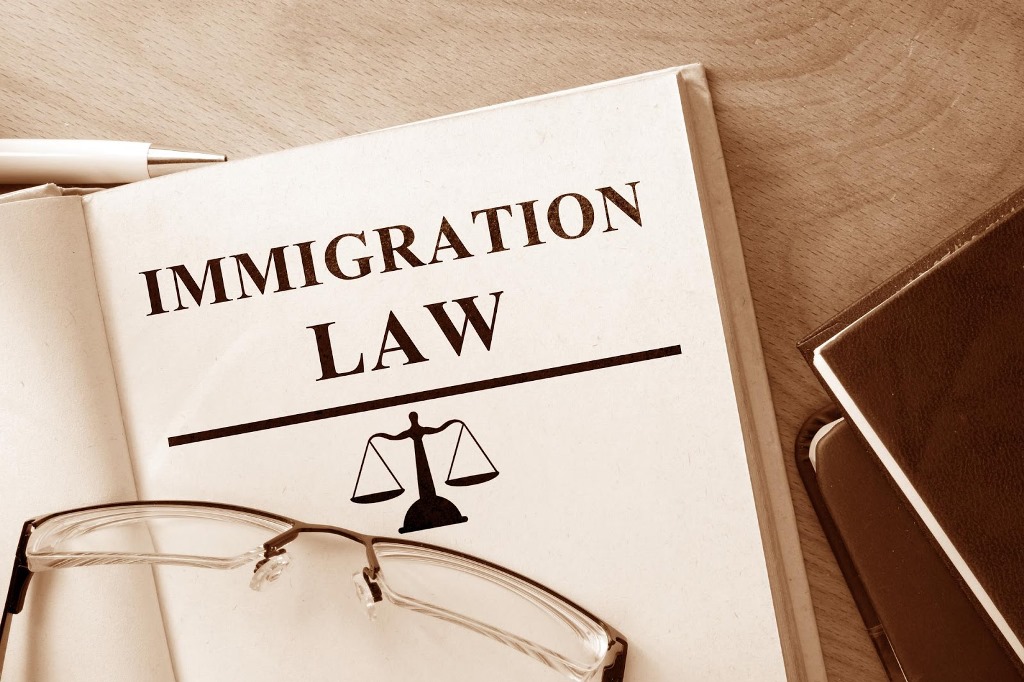
A Comprehensive Guide On How To Pay A US Immigration Bond In 2020
In the current immigration environment, it is vital to know exactly what your rights are. The arrest and detention of immigrants deemed eligible for deportation by ICE has reached record highs.
This means that more people than ever need to know how immigration bond procedures work. If a loved one has been detained by ICE, you can pay a bond in order to secure their release while deportation proceedings get going.
Since this process can take over a year and does not always result in deportation, securing the freedom of a loved one should be a top priority. If you want to know exactly how to pay immigration bond requests the right way, read on to find out.
1. Who Can Pay an Immigration Bond?
First off, it is important to know that not everyone can actually pay an immigration bond. Even if you have the money to hand, you won’t be able to pay if you don’t meet the legal requirements.

You must have legal status to live in the United States, either as a valid visa holder or a green cardholder. If not, you will not be eligible to pay or access an immigration bail fund.
2. Where Do You Pay?
To pay an immigration bond, you must do it in person. Once you are established as the immigration bond sponsor, you will need to make an appointment with your local ICE office, which you can arrange over the phone.
Once you have an appointment, you must arrive at the scheduled time and go over the conditions of release with an ICE agent. Once you have done this, you can pay for the detainee’s release on bond.
3. How Do You Get the Money for an Immigration Bond?
Immigrations bond typically starts at around $1500, but they are usually much higher. In some cases, an immigration bond payment can be tens of thousands or even hundreds of thousands of dollars, depending on the risk posed by the detainee.
If you don’t have that kind of money available, you can obtain an ICE bond from a specialized immigration service. If you are paying the bond out of pocket, make sure to make the check out to the Department of Homeland Security.
4. What Kind of Payment is It?
It’s worth noting that immigration bond payments cannot be made in cash, under any circumstances. You will also not be able to use a personal check or a credit card.

You will need to use a certified cashier’s check to pay. You should also bring along photo I.D. with your check when you make the payment.
5. What Happens After You Have Paid?
After you have paid, the detainee will be released on bond. This means that they are broadly free to continue living freely in the U.S. and that you are responsible for their behavior.
The detainee will be free to live broadly as they do now until their immigration case is decided by ICE and the Department of Homeland Security.
What You Should Do After Learning How to Pay Immigration Bond
Now that you know how to pay immigration bond, it’s time to learn what rights your loved one has. Don’t hesitate to get in touch with our team of qualified customs experts for information on anything you might need to know about Immigration and Customs Enforcement in America.




